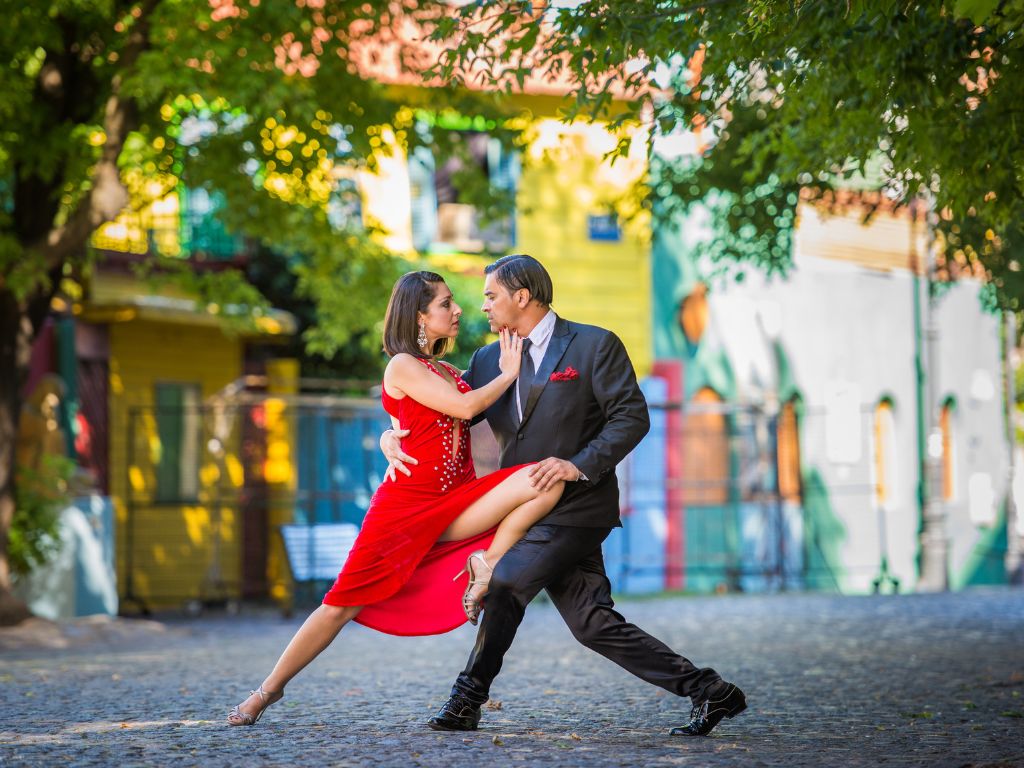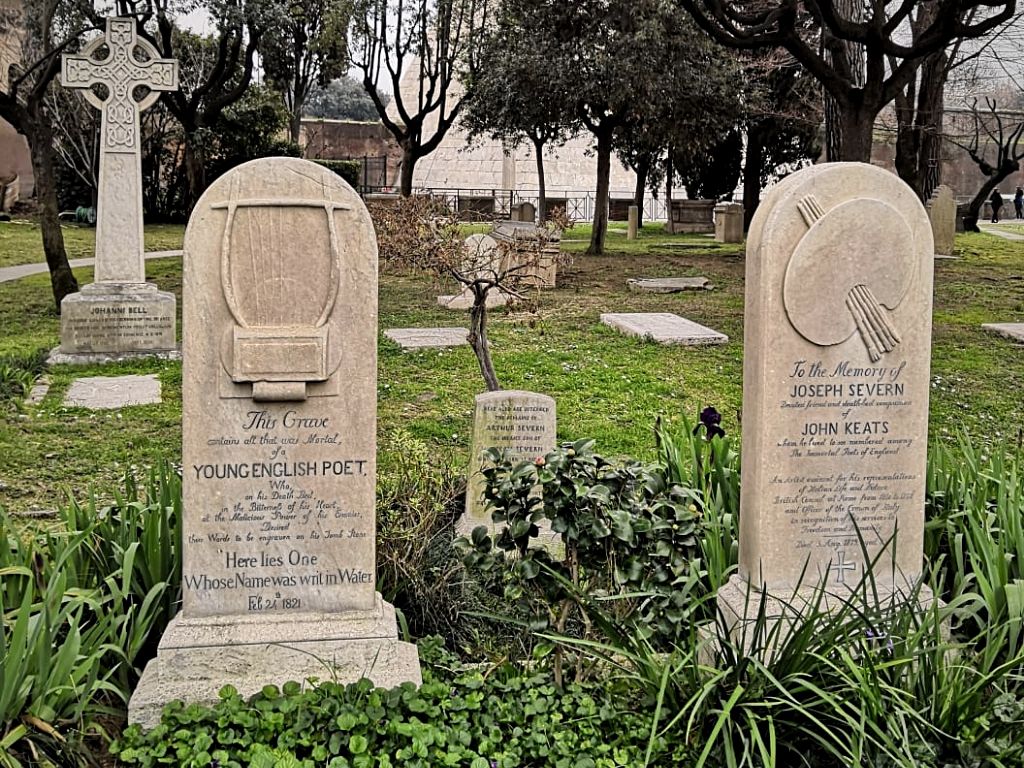Spread across six different sites in Prague’s Jewish quarter, the Jewish Museum defies typification. As an institution, it runs contrary to expectations—as in, you won’t find a main entrance or a straightforward location on a map. Although its unorthodox layout is rooted in history, this museum can be bewildering for first-time visitors. Here, we’re spilling our secrets for how to visit Prague’s Jewish Museum and get the most out of your time here.
How to Visit Prague’s Jewish Museum
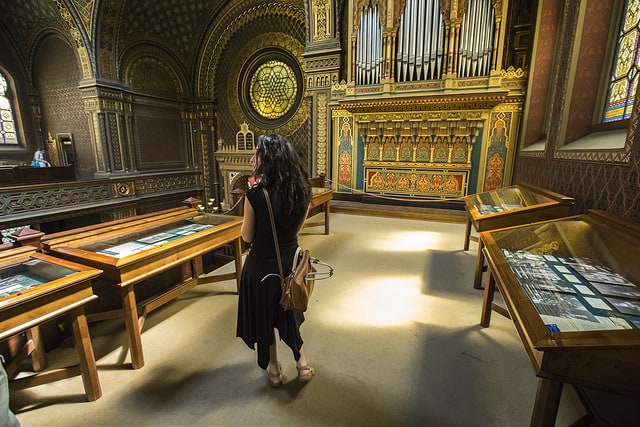
The interior of the Spanish Synagogue is a true marvel.
The first thing to know: you’ll need to make stops at six different sites in the Jewish Quarter to fully visit Prague’s Jewish Museum. The institution comprises a sort of open-air museum complex, with exhibitions housed in former synagogue buildings. Tickets can be purchased in advance on their website, which also provides information about temporary exhibitions, the collections and archives. Or, go with one of our docents, who will help facilitate ticket purchasing for quick entry and who can make that information come to life.
Chronologically, the first site is the Maisel Synagogue, which houses the first half of an exhibition on Jews in the Bohemian Lands (10th-18th Centuries). This building focuses on Jewish cultural life and is also a concert venue. (History and theology buffs, take note: we also have a Habsburgs and Jesuits in Prague tour that tackles the Habsburgs AND the Thirty Years War.)
A few blocks away, this exhibition continues with artifacts from the 18th-20th centuries, displayed in the Spanish Synagogue. The Moorish architecture of the interior is stunning and a must-see when you visit the Jewish Museum.
Prague’s Old Jewish Cemetery
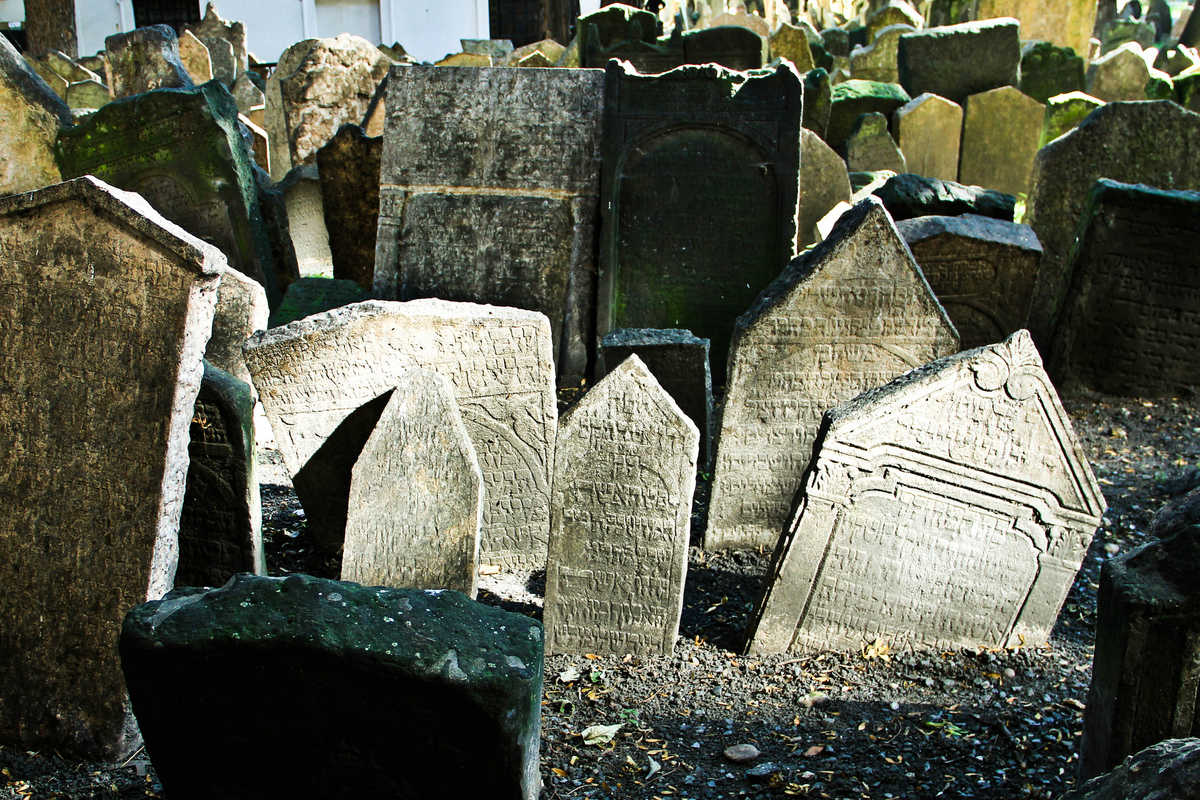
Gravestones askew in the historical Old Jewish Cemetery. Photo by Avital Pinnick, licensed under Creative Commons.
At this point visiting Prague’s Jewish Museum gets easier as the remaining four sites stand next to each other. The Klausen Synagogue is the largest synagogue in Prague, and the exhibition here deals with Jewish customs and traditions in daily life.
Bordering Klausen Synagogue is the Old Jewish Cemetery, one of the major highlights of Prague’s Jewish Quarter. This beautiful historical cemetery is falling apart thanks to centuries of use, but is lovingly cared for and still open to the public. Context docent and historian Hana Gavranová, who leads our Jewish Prague tour, has her own favorite corners of the Old Jewish Cemetery:
“In the cemetery, I especially like the gravestone of Mordechai Maisel, who founded the Maisel Synagogue, and the stone for Hendl Bassevi. Her husband, Jacob Bassevi, worked for the Austrian emperors, confiscating Protestant properties, and they were from a noble Jewish family. It’s not very common to see noble Jewish families in a Roman Catholic country. [The gravestone] is also beautifully decorated, by the way, with their coat of arms. Maisel’s stone is in the middle of the cemetery, and Hendl Bassevi’s is near the exit that’s close to the Ceremonial Hall.”
Pinkas Synagogue and the Holocaust Memorial in Prague
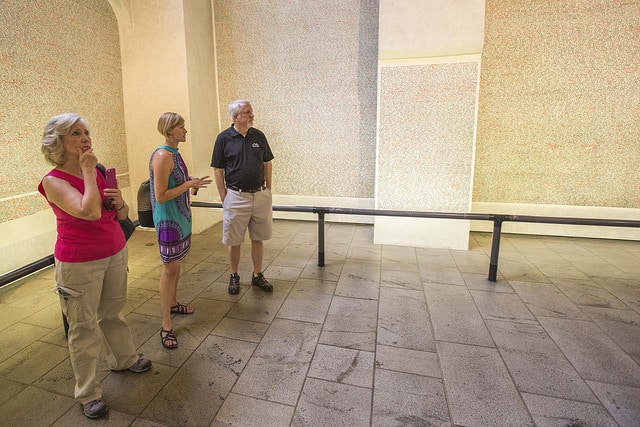
On the other side of the cemetery stands the Ceremonial Hall, once the headquarters of the Prague Burial Society. Today, this site is home to the exhibition on Jewish customs and traditions related to death and burial.
The final portion of the museum is another of the major highlights of the Jewish Museum: the Pinkas Synagogue, which is now the Holocaust Memorial. No guiding is permitted inside this very moving site (but our docents like Hana are able to provide plenty of, em, context before entering the space). Spending time at the Memorial to read the names inscribed here, memorializing the nearly 80,000 Jews from this region who perished in the Holocaust, should certainly be part of any visit to the Jewish Museum. (To go deeper into the history of memorialization, we would need to look at the 20th century and Communism – which we, in fact, do on our Prague Communism tour.)
Ready to Visit the Jewish Museum? Practical Info…
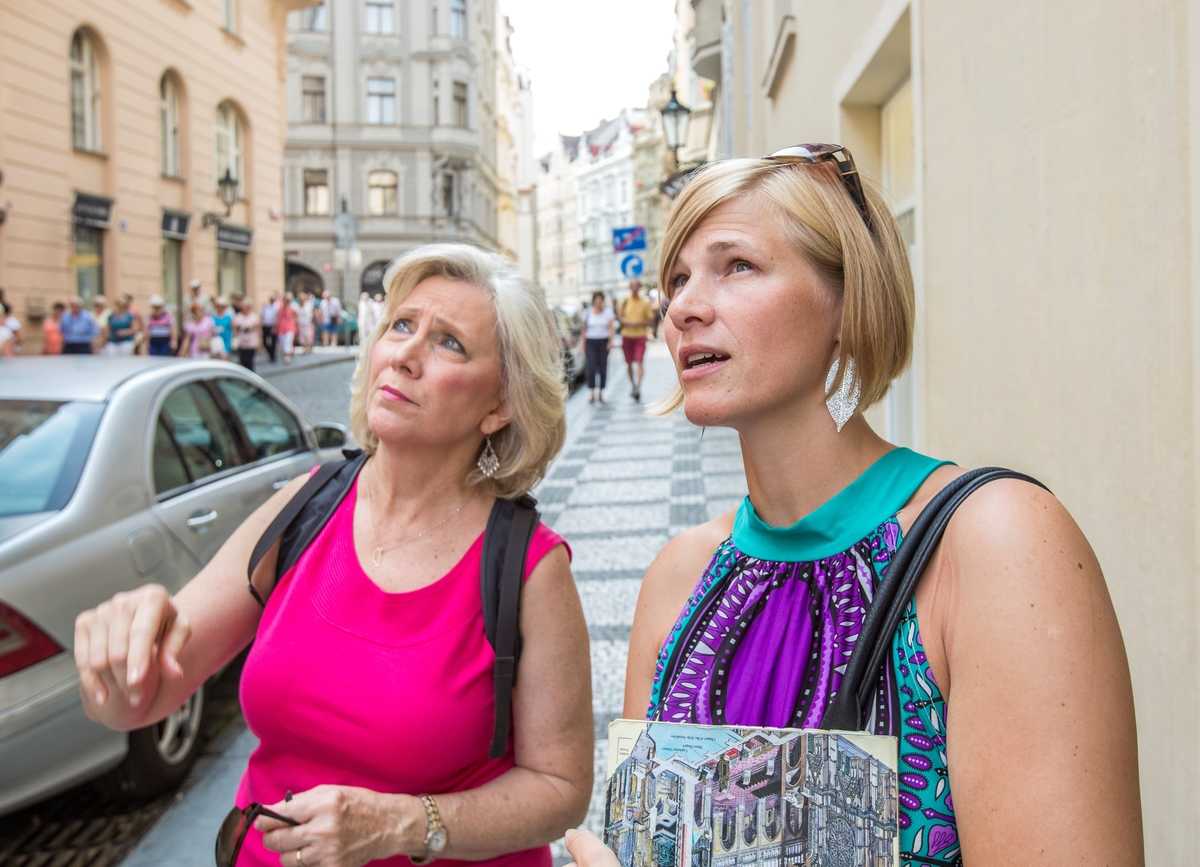
…on accessibility: Renovations over the past few years have drastically improved access to the museum’s various sites, although some are still officially inaccessible to wheelchairs. It is possible to visit at least a portion of each site.
…on what to wear: There is a dress code for all visitors to the museum: appropriate clothing, shoulders covered. Men are also required to wear a head covering in the Old Jewish Cemetery and the Pinkas Shoah memorial – you can borrow or (for CZK 5) buy a kippah when entering the Old Jewish Cemetery.
…for families: The museum has not been designed as a family attraction, but some of the sites will appeal to children. We suggest the Spanish Synagogue for its spectacular decor and the Old Jewish Cemetery for its cinematic atmosphere. There is also a wonderful exhibition of children’s drawings on the second floor of the Pinkas Synagogue. These were created by young prisoners in the Terezin concentration camp, located just outside Prague.
…on when to go: Hours change seasonally, so make sure to check their website when planning your visit to Prague’s Jewish Museum. The Museum sites are closed every Saturday and on all Jewish holidays, which change annually according to the Jewish calendar – always best to double check!
…on taking photos: It's possible to take pictures everywhere. Photographers of all stripes can celebrate – no flash, though.
Further Reading (For Either Before or After You Visit the Jewish Museum)
Jewish Virtual Library for the history of Jews in the Czech lands (and all over the world, for that matter)
Prague.eu for additional historical information about the various sites of the Jewish Museum
Finished at the Jewish Museum – What Next?
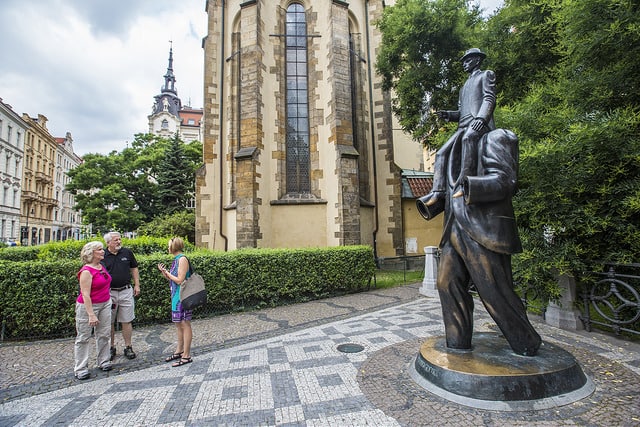
The Franz Kafka Statue in Prague’s Jewish Quarter.
There’s plenty more to explore in the Jewish Quarter, including stories of important Jewish cultural figures like Franz Kafka (whose statue, above, is just as mysterious as his literature). Our Jewish Prague tour visits the highlights and hidden spots alike.
The Old-New Synagogue is one of the former: an active synagogue that hosts services, weddings, and other ceremonies. During the week, it’s also open to visitors. We think it’s completely worthwhile to stop here and remind yourself that the Jewish community in Prague lives on today. Hana remarks:
“I think it’s important to learn about contemporary life, Jewish education, or the experience of Jews in Prague today. Sometimes I even meet a rabbi or members of the Jewish community [at the synagogue]. […]It’s such an interesting place connecting our present with the lives of Jews hundreds of years ago. Still the same, but also changed.”
Still have energy for more sightseeing? Join another of our Prague walking tours and keep learning with us.

